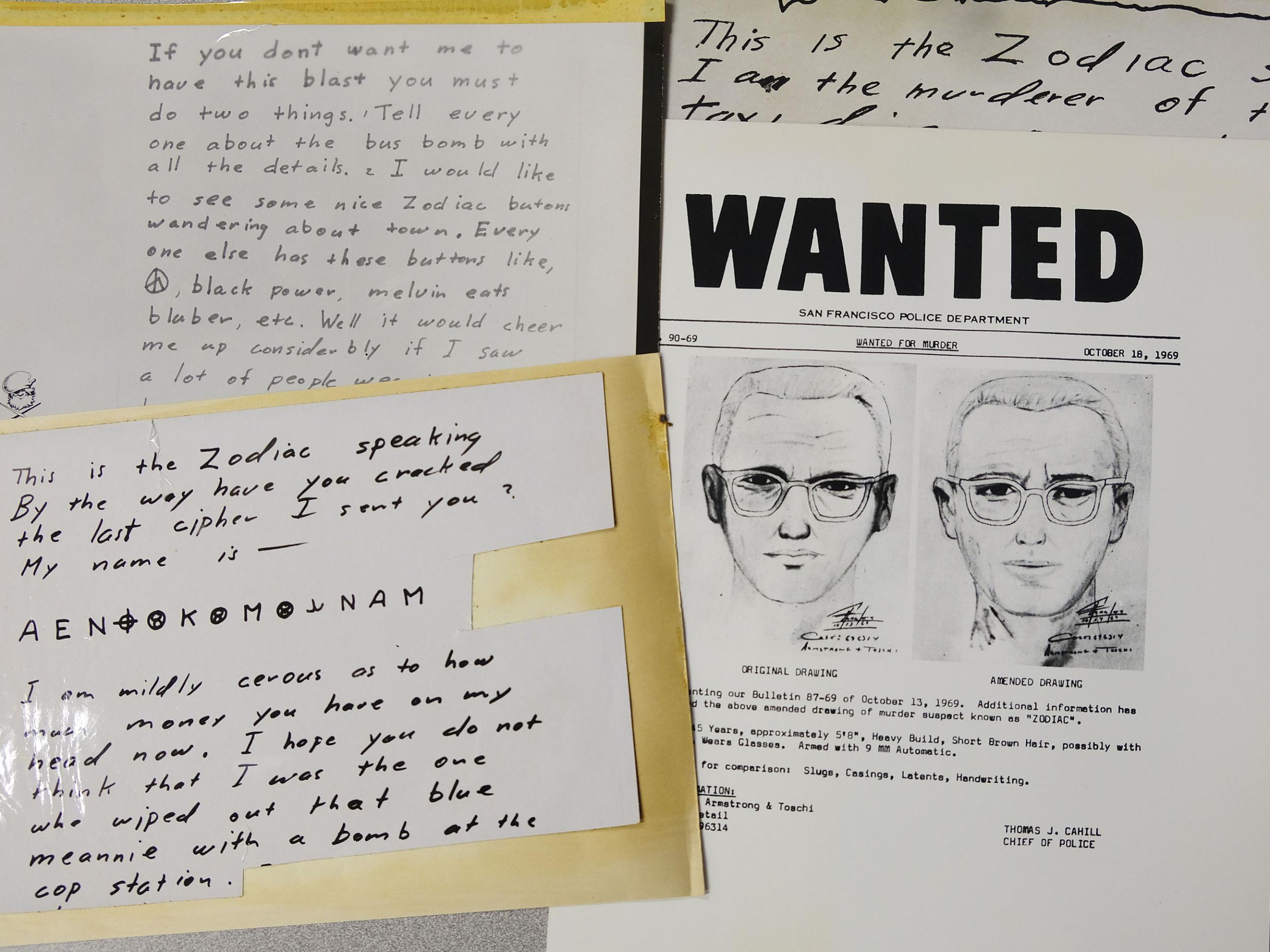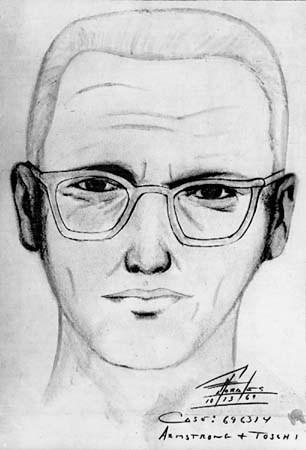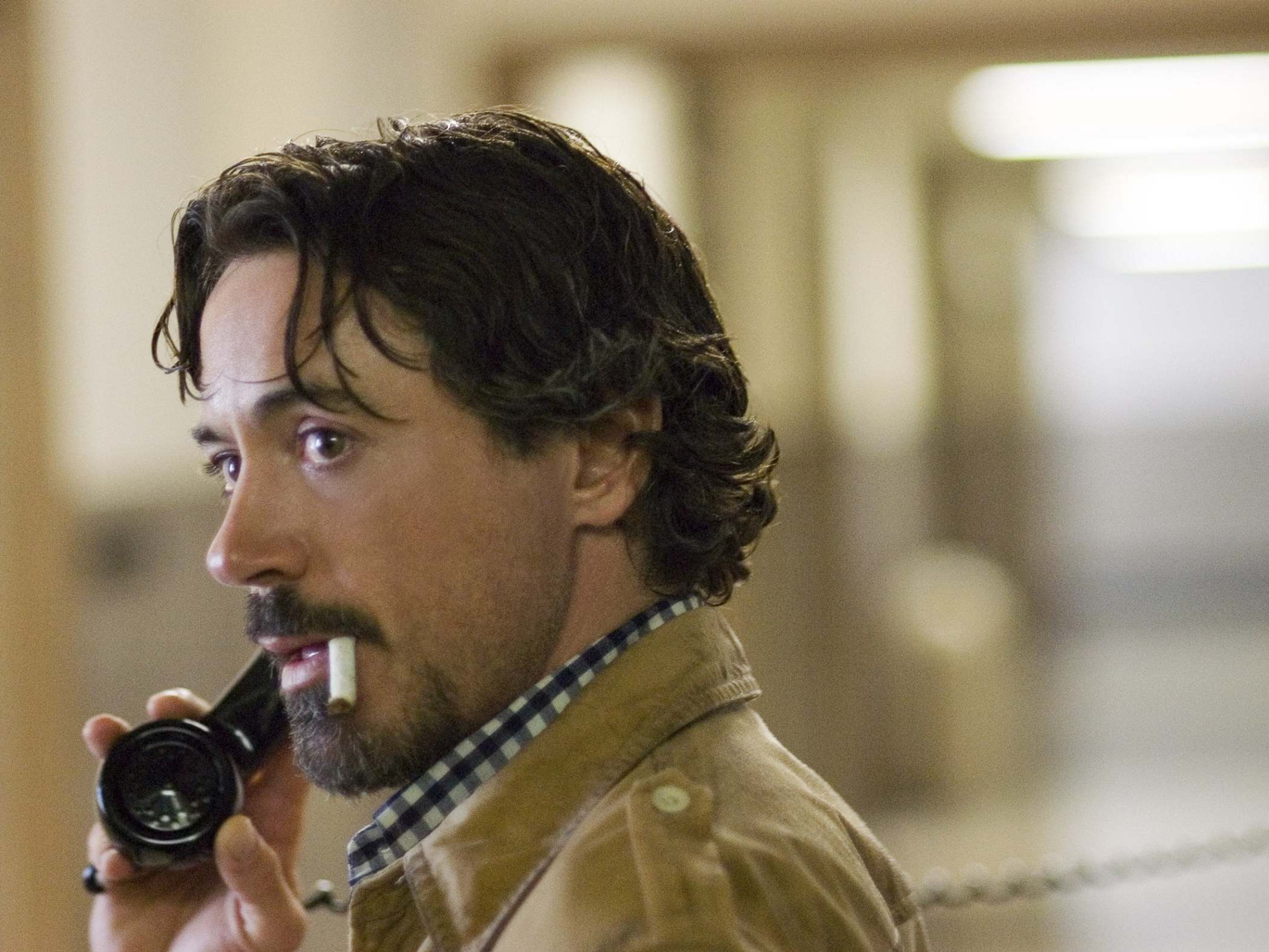Zodiac Killer: What happened in the notorious serial murder case?
Case Breakers collective claims to have finally unmasked man who executed at least five people in late 1960s California and fired off letters to newspapers taunting police for failure to catch him
A group of 40 ex-police officers, forensic experts, federal agents and private investigators calling themselves the Case Breakers claim to have finally discovered the true identity of the notorious Zodiac Killer, half a century after the serial murderer terrorised California’s San Francisco Bay Area before disappearing without a trace.
Having re-examined the case in exhaustive detail, the collective alleges that Gary Francis Poste, a US Air Force veteran and housepainter who passed away in 2018, was behind the murder of at least five people (and perhaps as many as 37) in the Golden State in the late 1960s.
The Case Breakers say they arrived at their verdict through DNA evidence, similarities between a pattern of scars and wrinkles on Poste’s forehead and a contemporary police sketch, a Timex watch recovered from one of the crime scenes, matching boot prints and photographs retrieved from a darkroom in the suspect’s home.
The Zodiac killer was known for sending sinister letters to California newspapers taunting law enforcement for failing to apprehend him, often containing cryptic puzzles. Applying Poste’s name to one of those ciphers reportedly reveals an alternate message.
The Case Breakers are also convinced that Poste is responsible for the unsolved murder of Cheri Jo Bates, founded stabbed to death in an alleyway behind a college library in Riverside, east of Los Angeles, on Halloween night 1966, two years prior to the first confirmed Zodiac killing, although that possibility has previously been rejected by local investigators.
The Zodiac’s first believed attack took place on Friday 20 December 1968, when high school students David Arthur Faraday, 17, and Betty Lou Jensen, 16, were murdered after parking in Faraday’s station wagon on Lake Herman Road, Benicia, a well known lover’s lane, at 10.15pm. They were on a first date and had attended a Christmas concert at Hogan High School that evening.
According to the police report, the attacker pulled up and fired on the car with a .22 caliber semi-automatic pistol to force the couple to leap out in fright. When they did so, he shot Faraday once in the back of the head before firing five times on the fleeing Jensen, killing her too.
The third confirmed Zodiac victim was 22-year-old married waitress Darlene Elizabeth Ferrin, who was similarly shot dead in a parking lot on Saturday 4 July 1969 at Blue Rock Springs Park in Vallejo, just four miles from Lake Sherman Road.
She was, like Faraday and Jensen, parked up with her lover, Michael Renault Mageau, 19, when their car was blocked in by a stranger’s vehicle. The driver got out and approached them, firing five shots into the car, returning to fire twice more after Mageau cried out in agony. He would survive the attack despite being hit in the face, neck and chest, but Ferrin was pronounced dead on arrival at the nearby Kaiser Foundation Hospital.
Approximately 45 minutes later, the Vallejo Police Department received an anonymous call, later traced to a gas station phone booth close to the scene, in which the speaker confessed to Ferrin’s murder and those of Faraday and Jensen and correctly identified the gun used in the latest assault, a 9mm semi-automatic pistol.
Mageau was subsequently able to describe his attacker as a 26 to 30-year-old stocky white male with short, light brown curly hair, standing approximately five foot eight inches tall. In 1991, he would identify a police suspect, Arthur Leigh Allen, as the shooter, explaining that he had never previously been shown any photographs of possible candidates by officers, an astonishing oversight if accurate.
What followed was the start of the Zodiac Killer’s feverish letter-writing campaign. On 1 August 1969, The Vallejo Times Herald, The San Francisco Chronicle and The San Francisco Examiner all received letters from a man claiming to be the murderer, with each one including one-third of a 408-symbol cryptogram that the author demanded be printed on each newspaper’s front page or else he would “cruse [sic] around all weekend killing lone people in the night then move on to kill again, until I end up with a dozen people over the weekend”.

The Chronicle did run its portion of the cryptogram with a comment from Vallejo police chief Jack Stiltz expressing doubt that the writer was really the killer, inviting him to write in again with more details of his actions to prove his authenticity. On 7 August, a follow-up letter duly arrived at the Examiner, responding to Stiltz and beginning, “Dear Editor This is the Zodiac speaking”, marking the first time the publicity-savvy killer used his self-chosen nickname.
A day later, high school teacher Donald Harden and his wife Bettye of Salinas, California, cracked the cryptogram and notified the newspapers.
It turned out to contain a misspelled message in which the killer referenced Richard Connell’s short story “The Most Dangerous Game”, published in Collier’s Magazine in 1924, about a man hunted for sport by a corrupt aristocrat, and declared: “I like killing people because it is so much fun it is more fun than killing wild game in the forrest because man is the most dangeroue anamal of all to kill something gives me the most thrilling experence it is even better than getting your rocks off with a girl the best part of it is thae when I die I will be reborn in paradice and all the I have killed will become my slaves.”
The Zodiac’s fourth confirmed attack took place on the early evening of Saturday 27 September 1969, when Pacific Union College students Bryan Calvin Hartnell, 20, and Cecelia Ann Shepard, 22, out for a picnic beneath the oak trees at Lake Berryessa in Napa County, were accosted by a man roughly matching Mageau’s physical description.
A terrifying spectacle, the figure was wearing a black executioner’s hood with clip-on sunglasses and a dark tunic bearing the rifle crosshairs insignia that would become the killer’s trademark.
The attacker claimed to be a prison escapee and ordered Shephard to tie up her boyfriend with bonds made from the plastic clothesline he presented her with. He then stabbed her ten times with a 10-12 inch knife (she would die from her injuries two days later). Hartnell was stabbed six times but survived. Before fleeing, the killer drew his crosshairs logo on Hartnell’s car door alongside the dates of his previous crimes with a black felt-tip pen. Their screams of agony prompted a nearby fisherman to alert park rangers.
As with the Ferrin-Mageau attack, the killer later put in a call to the Napa County Sheriff’s office from a public pay phone reporting his crime. This time, the call turned out to have been made from a carwash 27 miles away from the scene, with the receiver found still dangling from its cord by a local radio reporter. A sweaty palm print was retrieved but never successfully matched to a possible perpetrator.
The final confirmed Zodiac killing occurred two weeks later, when lone taxi driver Paul Lee Stine, 29, was shot and killed in the Presidio Heights neighbourhood of San Francisco on Saturday 11 October 1969 in an incident initially thought to be an unrelated robbery until the murderer wrote another letter to the Chronicle confessing on 13 October, including a torn strip of Stine’s bloodied shirt inside the envelope to “prove” his claim.
Stine was shot with a 9mm semi-automatic pistol, the same type of weapon that had killed Darlene Ferrin. Three witnesses saw the assailant wiping down the cab before fleeing the scene and called in a similar description to that offered by Mageau, only for the dispatcher to mistakenly note down that the killer was black, leading local patrol offers Donald Fouke and Eric Zelms to allow a white suspect exiting the scene to pass by unquestioned. A sketch of the suspect was circulated but failed to yield a match.

The Zodiac Killer would continue to send semi-regular correspondence to the newspapers for the rest of 1969 through to March 1971, although there were no further murders that can be definitively attributed to him during that period.
One on 14 October 1969 found him threatening to attack a school bus full of children, another on 8 November featured another cryptogram, this one containing 340 characters, which would not be deciphered for another 51 years until it was ultimately cracked by a team of international codebreakers on 5 December 2020.
They found that it contained a denial from Zodiac that it was he who had called the Oakland Police Department on 20 October 1969 demanding that one of two prominent lawyers, either F Lee Bailey or Melvin Belli, appear on a morning TV talk show to speak to him by phone. Belli complied and was duly called by someone claiming to be Zodiac who said their real name was Sam, but who in fact turned out to be a patient at a mental institution making a false confession.
Throughout 1970, the Zodiac letters continued at regular intervals. One sent on 20 April included the line, “My name is…”, followed by a 13-character cipher that has never been solved to this day. A week later, he again threatened a bus attack, this time by bomb and expressed a desire to see members of the public wearing “some nice Zodiac butons [sic]”.
This did not happen and, by 26 June, he was expressing his upset that the trend had failed to take off in a new letter, also claiming to have shot a police sergeant, Richard Radetich, 25, while he sat in a parked car, a murder that still remains unsolved in 2021. An enclosed map and another code meanwhile promised to reveal the location of another bomb he said he had planted, if it could be deciphered.
The Zodiac case remains open in the city of Riverside and in Napa County and the FBI still considers the matter open.
The atmosphere of fear and paranoia the episode inspired at the time marked a further souring of the hippie dream, as the 1960s ended with the assassinations of Dr Martin Luther King Jr and Robert F Kennedy, the Manson Family murders, the killing of Meredith Hunter by a Hell’s Angel during the Rolling Stones’ set at Altamont and the waking nightmare of the Vietnam War.

The mood is captured in such films as Don Siegel’s Dirty Harry (1971), in which Clint Eastwood’s brutal cop hunts a sniper modelled on the San Francisco murderer, and more directly in David Fincher’s Zodiac (2007) starring Jake Gyllenhaal, Robert Downey Jr and Mark Ruffalo, centred on the journalists and detectives who became obsessed with bringing the perpetrator to justice.
The latter film was based on Chronicle cartoonist Robert Graysmith’s 1986 book of the same name and suggests that Arthur Leigh Allen, the man identified by Mageau, was behind it all.
Allen died in 1992 before he could be questioned anew and conspiracy theories and speculation continue to whirl around the case and Zodiac’s identity, one of the most persistent and confused rumours being that Texas Republican senator Ted Cruz was the killer, despite his having been born two years after the first murders were committed - and in Canada, no less.
Whether the Case Breakers are any closer to the truth remains to be seen.




